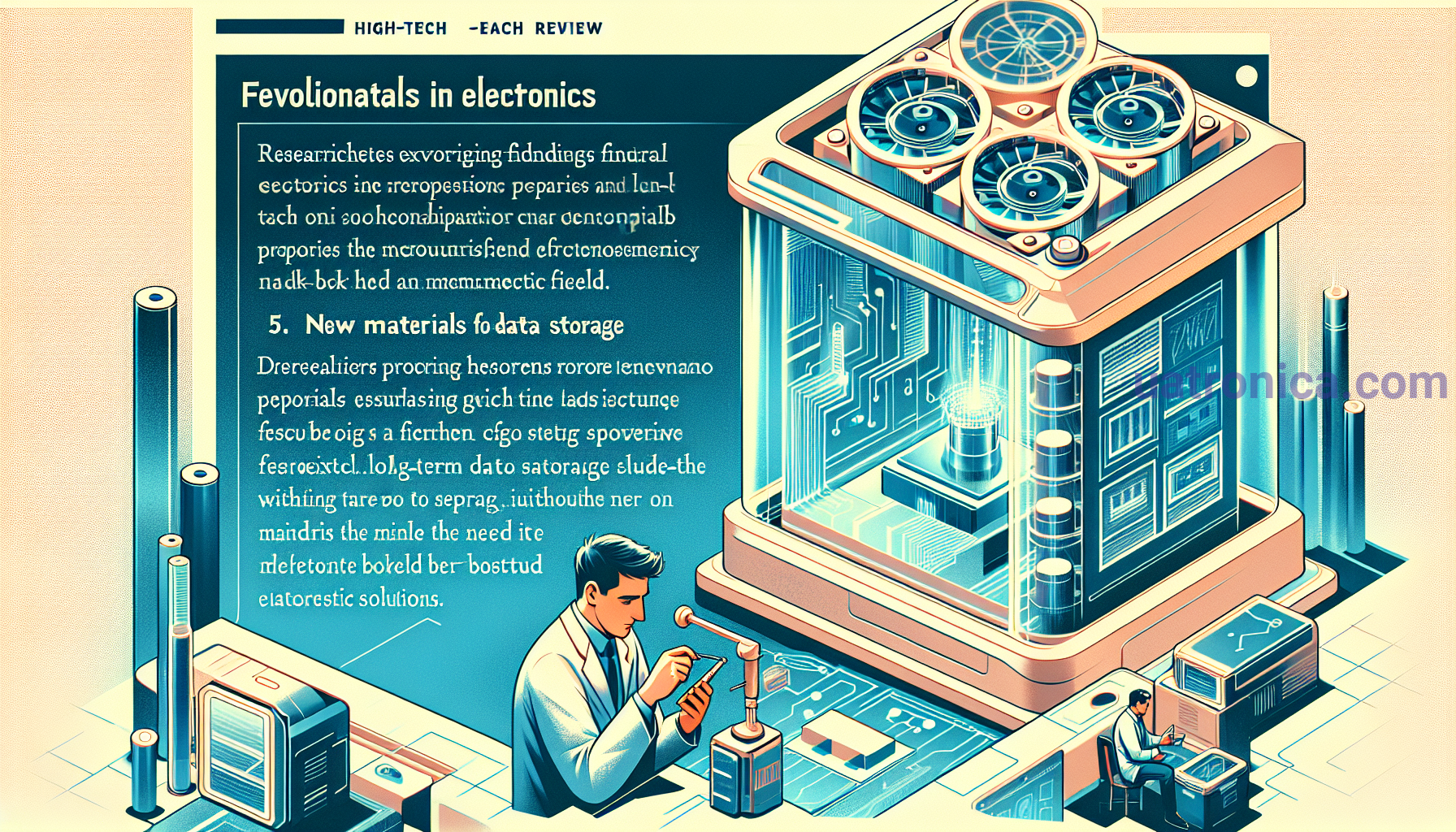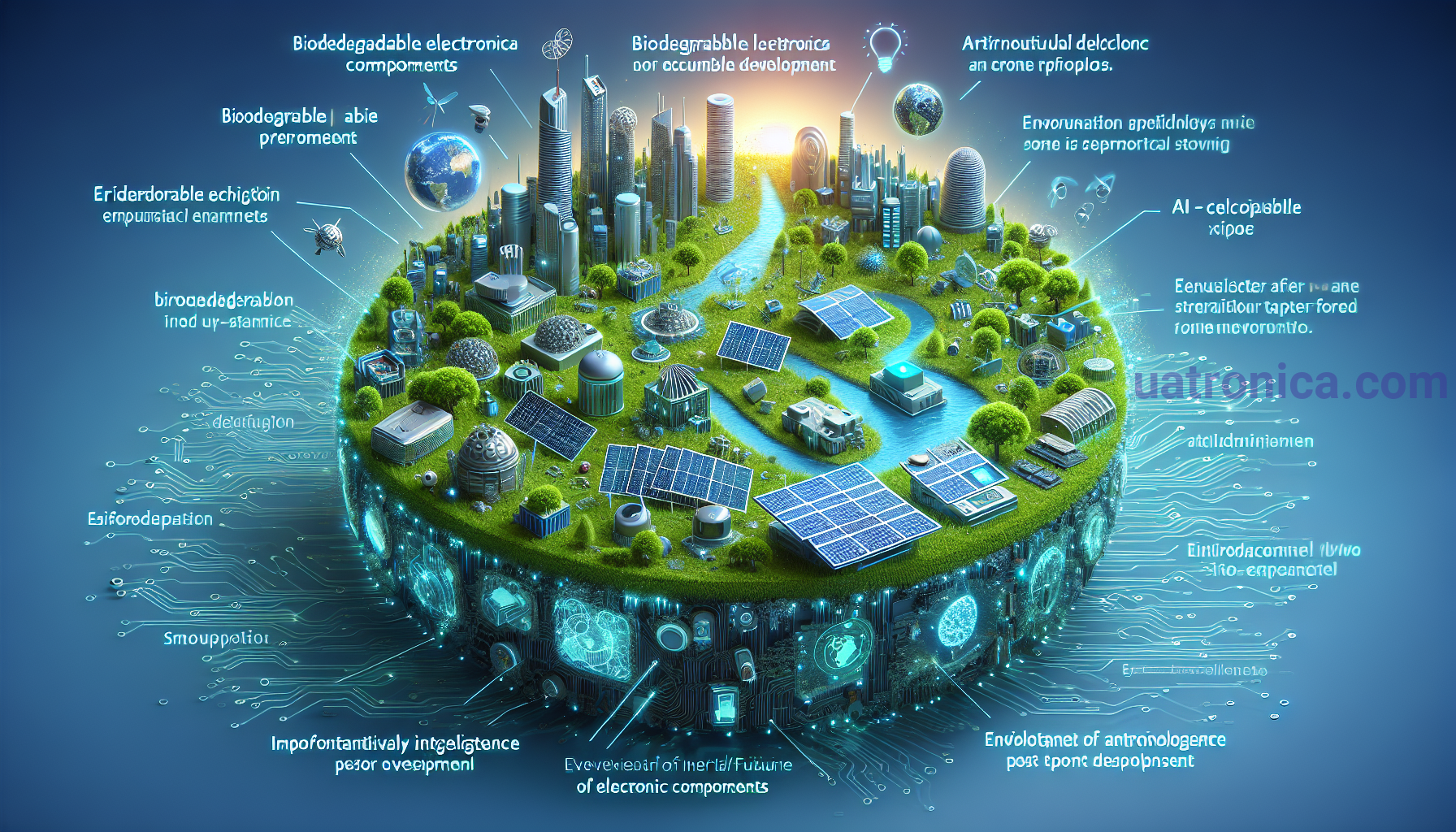Introduction
Science and technology are constantly moving forward, and electronics is no exception. Every year brings new technological discoveries that revolutionize the future of this industry. In this article, we will look at 14 current technological developments that will change the electronics of the near future. From wireless charging to quantum computing, these discoveries promise to revolutionize our understanding and use of electronics.
1. Wireless charging
Wireless charging is one of the latest technological breakthroughs revolutionizing the future of electronics. This technology allows you to charge devices without using cables. It is based on the principle of inductive charging, in which energy is transferred through magnetic fields between the charging board and the energy receiver.
This opens up a lot of opportunities for the development of wireless devices, such as wireless chargers for smartphones, laptops and even electric cars. Further development of this technology could lead to the complete abandonment of cables for charging devices, providing greater convenience and mobility.
- Wireless chargers for smartphones and laptops
- Wireless charging of electric cars
- Broad possibilities for wireless devices
You can learn more about wireless charging on the Wikipedia page.
2. Quantum computers
Another technological discovery that will revolutionize the future of electronics is the development of quantum computers. Quantum computers use quantum bits or qubits, which allow them to process large amounts of data simultaneously and solve complex problems that are beyond the reach of traditional computers.
This technology can change the approach to computing, cryptography, medicine and many other fields. Quantum computers can solve problems several times faster than modern computers and have the potential to achieve significant breakthroughs in scientific research and technological progress.
- Solving complex problems faster than traditional computers
- Potential for scientific research and technological progress
- Application in cryptography, medicine and other fields
You can learn more about quantum computers in the article "7 exciting technological developments in the world of semiconductors that will change the electronics of the near future".
3. Graphene
Graphene is a material consisting of a single layer of carbon atoms in a hexagonal crystal lattice. It has unique properties such as high strength, steel conductivity and transparency.
These properties make graphene an ideal material for use in electronics. It can replace silicon in semiconductor components, providing faster performance and unique functions.
- Material with high strength, steel conductivity and transparency
- Replacing silicon in electronics
4. A scientific breakthrough in the manufacture of semiconductor components
Semiconductor components are the backbone of electronics, and many researchers are working to improve their properties. There is constant study and development of new materials and manufacturing technologies for these components.
One of the breakthroughs is the introduction of the strontium transistor, which has an extremely high mobility of charge carriers. This can lead to improved performance and efficiency of electronic devices.
- Study and development of new materials for semiconductor components
- Introduction of strontium transistor to improve efficiency and speed

5. New materials for data storage
With the growing volume of data and the need for its storage, researchers are looking for new materials and technologies for data storage.
One of the promising materials is ferroelectrics, which have properties that ensure long-term data storage without an electromagnetic field. This could lead to more stable and faster storage devices.
- Search for new materials for data storage
- Use of ferroelectrics for long-term data storage
6. Ultra-thin materials
Ultrathin materials such as bilayer graphene, molar gaps, and molecular actuators are becoming increasingly common in electronic devices.
These materials open new possibilities for creating devices with new functions, such as ultra-thin transparent screens and flexible sensors.
- Application of ultra-thin materials in the electronic industry
- Creating devices with new functions
7. Internet of Things
The Internet of Things (IoT) is a technology that connects physical devices, such as smart thermostats, switches, and lighting, to the Internet.
IoT has the potential to change the way various devices and mostly electronics work. From dishwashers that can assess the level of soiling on dishes to cities where smart sensors control traffic jams and lighting, IoT enables the development of smart environments across industries.
- Connecting physical devices to the Internet
- IoT applications in various industries, including household devices and urban environments
8. Wearable electronics
Wearable electronic devices such as smart watches and fitness bands are becoming increasingly popular. They combine the functions of a watch, a smartphone and an activity tracker.
Wearable electronics opens up new possibilities for health monitoring, communication and control of devices through voice commands.
- Development of wearable electronics
- Application in medicine, sports and everyday life
9. Smart surfaces
Smart surfaces are surfaces that respond to touch and have additional functions, such as displaying information and controlling electronic devices.
Such surfaces can be in the form of tables, chairs or even walls. They have the potential to create new ways of interacting with electronics and develop an interactive environment.
- Smart surfaces for interaction with electronics
- Expanding the possibilities of managing electronic devices
10. Biodegradable electronic components

In accordance with ecological principles, some researchers pay attention to the development of biodegradable electronic components.
These components have a special structure that decomposes after a certain time after removal and reduces the negative impact on the environment.
- Development of ecological electronic components
- Reducing environmental impact after removal
11. Artificial intelligence
Artificial intelligence (AI) is finding more and more applications in electronics. AI allows devices to learn, adapt and make decisions based on accumulated data without direct programming.
This allows for the creation of intelligent algorithms and systems that can perform pattern recognition, voice commands and analyze large amounts of data.
- Application of artificial intelligence in electronics
- Intelligent algorithms and systems
12. Autonomous systems
Autonomous systems such as self-driving cars and robots are one of the key technological developments.
These systems use artificial intelligence, sensors and other technologies to interact with the environment and perform the required tasks without human intervention.
- Development of autonomous systems
- Application in self-driving cars and robots
13. Augmented reality
Augmented reality (AR) is a technology that combines the virtual world with the real one. It expands the perception of reality by adding virtual objects that can be seen through special devices.
AR is so advanced that advanced sources of information can be created, such as applications for navigation, control or just entertainment.
- Application of augmented reality in electronics
- Advanced sources of information and entertainment
14. Multilayer winding electronic devices
Multilayer coiled electronic devices are new technological discoveries that allow creating devices with electronics on several layers of flexible materials.
These devices can be used in flexible displays, sensors, solar cells and many other areas of electronics.
- Creation of flexible electronic devices
- Application in flexible displays, sensors and solar cells
Conclusion
These 14 technological breakthroughs will have a significant impact on the future of electronics. Wireless charging, quantum computers, graphene and other new materials and systems will provide greater speed, functionality and efficiency of electronic devices. Thanks to these breakthroughs in science and technology, we can see an exciting future where electronics play an even more important role in our lives.










